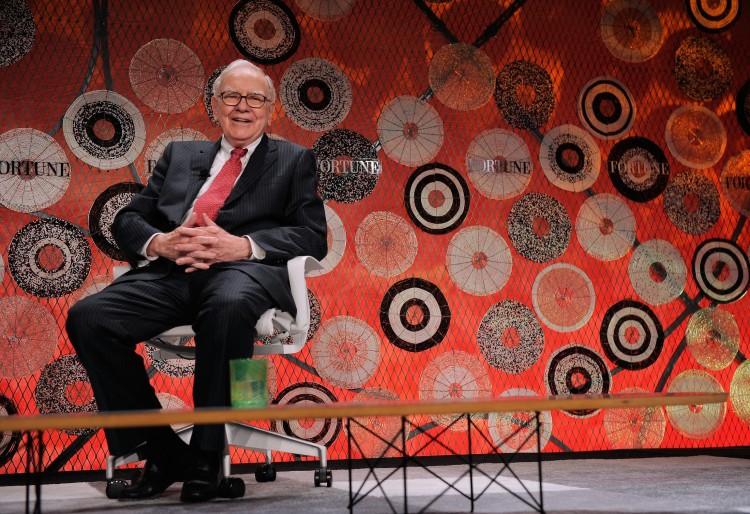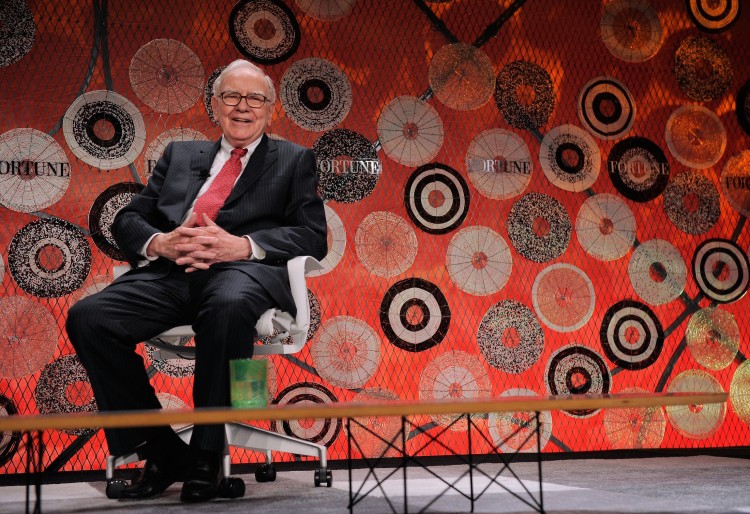Opinion
Looking for Fairness in the Buffett Rule

Warren Buffett attends the Fortune Most Powerful Women summit at Mandarin Oriental Hotel on October 5, 2010 in Washington. Buffett and other billionaires in the United States could soon pay the same amount in taxes as middle class Americans. Jemal Countes/Getty Images
|Updated:
Evan Mantyk is an English teacher in New York and President of the Society of Classical Poets.
Author’s Selected Articles






